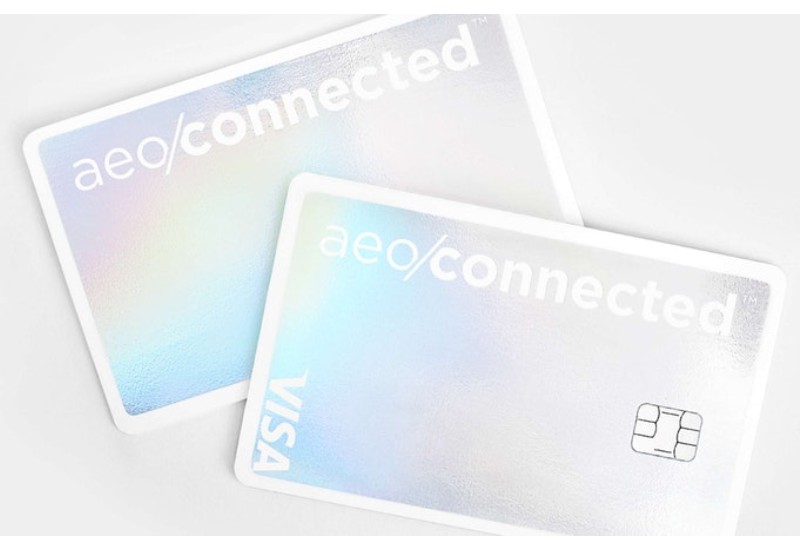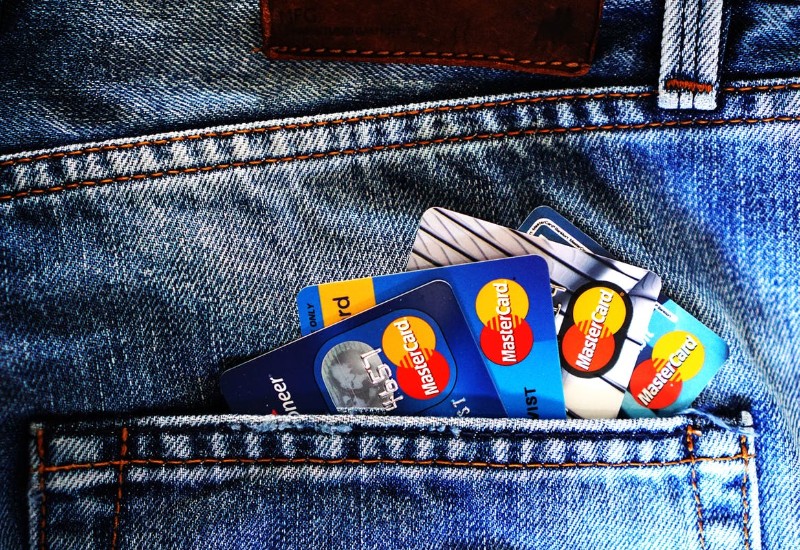JPMorgan Chase offers some of the best credit cards on the market. They dominate in both the high-end luxury card space (Sapphire Reserve) and the low-end no-annual-fee space (Freedom Unlimited), and they offer some of the juiciest signup bonus in the industry. Unfortunately, it’s getting harder to get approved for Chase cards, due the the strictly-enforced Chase 5/24 rule.

This guide will explain this application rule in detail, and show you some Chase 5/24 exceptions that may help you skirt the rule.
What is the Chase 5/24 Rule?
Chase 5/24 is an unwritten application rule that applies to most Chase credit cards.
It essentially means that if you have opened 5 or more bank credit or charge cards in the last 24 months, you will not be approved for most Chase credit cards.
Importantly, this 5-card limit applies to ALL banks and card issuers – not just Chase cards.
This means that if you have opened 5+ credit/charge cards with ANY bank within the last 2 years, it’s unlikely that you’ll be approved for a Chase credit card that’s subject to the 5/24 rule.
Here are some things to keep in mind about the Chase 5/24 rule:
- Credit card accounts from ANY bank count towards the 5/24 rule
- Authorized user accounts also usually count
- Business cards may or may not count, depending on if the issuing bank reports business cards to personal credit reports
In short, any credit card account, opened in the last 24 months, that shows up on your personal credit report when Chase pulls your credit will count towards the rule.
Additionally, applications from people that are over the 5/24 limit will be automatically denied. These decisions are usually not reversible, so calling in is unlikely to change a denial due to 5/24. Even if you have perfect credit, the 5/24 rule can still prevent you from getting additional Chase cards.
Chase Cards Subject to the 5/24 Application Rule
Importantly, 5/24 does not apply to all cards – but it does to most. The cards listed below ARE subject to the rule, meaning you will be automatically denied for these cards if you are over 5/24:
- Freedom cards (Freedom and Freedom Unlimited)
- Sapphire cards (Sapphire Preferred and Sapphire Reserve)
- Ink business cards (Ink Cash, Preferred and Unlimited)
- Southwest cards (Plus, Premier and Premier Business)
- United cards (MileagePlus Explorer personal & business, MileagePlus Club personal & business)
- Slate card
- Starbucks card
- Marriott Premier personal card
Chase Cards NOT Subject to the 5/24 Application Rule
The cards listed below are NOT subject to the rule, meaning that you may be able to be approved for them even if you’re over the limit:
- IHG cards (Select, Premier and Traveler)
- Hyatt card
- Amazon card
- British Airways card
- Iberia card
- Ritz-Carlton card
- Aer Lingus card
- Disney card
- AARP card
- Marriott Premier Business card
Keep in mind that Chase 5/24 exceptions are not set in stone. This rule is not actually noted anywhere on the application pages for ANY cards. So, it’s subject to change at any time.
How to Bypass Chase 5/24
There are some ways to get around 5/24, but these methods are constantly changing. A lot of methods that worked in the past are no longer effective – so, don’t blindly trust older information and be sure to check for recently-published data points before trying these methods.
As of May, 2025, the following methods are typically working to bypass 5/24 (but are by no means guaranteed to work):
In-branch pre-approvals: If you are in a Chase branch and are told by a banker that you are pre-approved for a specific credit card, there is a good chance that you can apply and bypass the 5/24 rule. Bankers may see a sort of pop-up offer on their screen if Chase has targeted you for a certain card. This is more likely to happen if you have an existing relationship with Chase (other cards, checking account, etc). You can ask to see if you’re pre-approved, but depending on how the banker checks, it may or may not mean you’re actually pre-approved.
Business relationship manager paper applications: To skirt Chase 5/24 for business cards, you may find success if you have a business relationship manager (BRM). If the BRM submits a PAPER application (not an online application), this often bypasses 5/24. This was originally reported on Reddit, and appears to sometimes work and sometimes not. BRM’s also may have access to higher signup bonuses on some business cards.
Targeted offers with invitation codes: If you get a targeted mailer (email or physical mail) that has a unique invitation code, this may bypass 5/24. Chase doesn’t seem to send these out very often, though.
Again, keep in mind that none of these methods are guaranteed to work. You may end up being denied for 5/24 even if you try one of these methods. Plus, you can always be denied for another reason even if you successfully bypass the 5/24 rule. And you’ll still need to meet the minimum spending requirement in order to earn a signup bonus.
How to Stay Under 5/24 Naturally
Methods to get around 5/24 are iffy at best. The only guaranteed way to bypass the rule is to simply stay under 5/24. Here are some ways to go about that:
Business cards – many card issuers do not report business cards to personal credit reports. This means you can potentially keep your report cleaner and stay under 5/24 by applying for more business cards and fewer personal cards. DoC maintains a list of which providers report business cards and which don’t.
Start with Chase – if you’re new to the world of signup bonuses, it may make sense to only apply for Chase cards at first. Although, keep in mind that recently Chase has been shutting down more accounts they deem risky, and rapid applications is certainly a risk factor.
Two-player mode – if you’re married or in a committed relationship, you may consider keeping one of your reports very clean so you can take advantage of Chase bonuses, and hitting the other person’s credit harder to score a wider variety of bonuses.
Avoid authorized user accounts – many couples who share finance will add each other as authorized users on their credit card accounts. Don’t do this if you’re trying to earn lots of signup bonuses, as even authorized user accounts count towards the Chase 5/24 rule.
And lastly, you could always just slow down and not apply for many credit cards. Hah! Yeah, right…
What are your experiences with the 5/24 rule? Let us know in the comments!
FAQ
How do you get around the Chase 5 24 rule?
For business credit cards, you can ask a BRM (Business Relationship Manager) to file a paper application in branch to bypass 5/24. If you have exactly 5 new accounts, you may or may not get rejected. Some people at 4/24 have tried to apply for 2 Chase cards in one day, and some people was successful.
How many credit cards can you have with Chase?
There is no firm limit on how many Chase credit cards you can have. Instead, it's usually limited by your income, credit history, and relationship with Chase. I've known people who have had over 10 Chase credit cards but that was pre 5/24 (more on that below).
Does Barclays have a 5 24 rule?
The first rule to know is that Barclays does not have any hard rules like Chase (5/24), American Express (once in a lifetime bonus), and Citi Bank (1/24). ... If there's more than one Barclays card that you're interested in, you can combine multiple applications into one single hard inquiry for same-day applications.


